The Baba Baidyanath Temple, located in Deoghar, Jharkhand, India, is one of the most revered and ancient Hindu temples dedicated to Lord Shiva. This sacred shrine holds a rich tapestry of history, mythology, and legends that have woven together to make it a significant pilgrimage site.
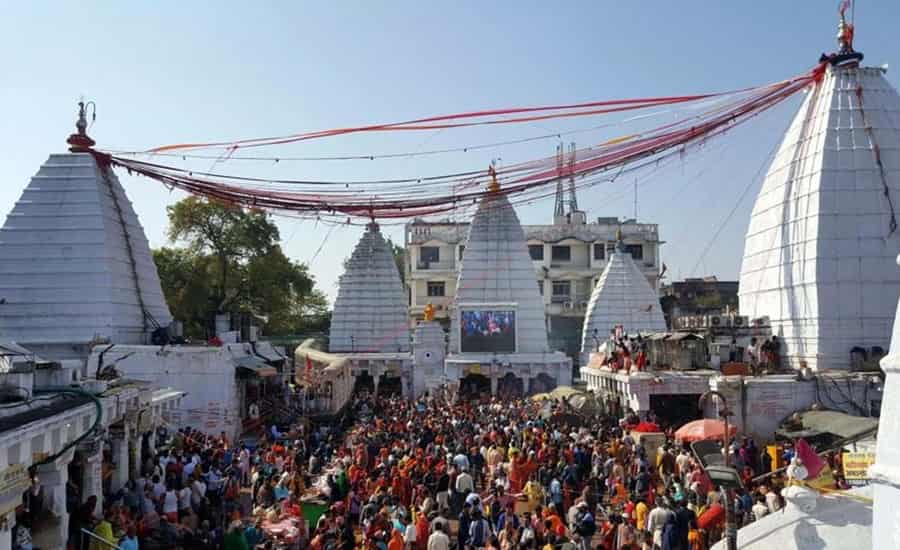
History
The history of the Baba Baidyanath Temple dates back over a thousand years. According to historical records, the temple was originally built by Puran Mal, an ancestor of the Nagavanshi dynasty, in the 8th century. However, the temple has undergone several renovations and expansions over the centuries, with the present structure believed to have been built by Raja Man Singh in the 16th century.
The temple complex is spread over a vast area and is characterized by its towering spire, intricate carvings, and a sacred tank known as Shrawani Mela Kund. The temple’s architecture reflects a blend of various styles, including Nagara and Dravidian, showcasing the diverse cultural influences that have shaped its design.
Mythology
The mythology surrounding the Baba Baidyanath Temple is deeply rooted in Hindu scriptures, particularly the Puranas. One of the most prominent myths associated with the temple is linked to the demon king Ravana from the epic Ramayana. According to the legend, Ravana, an ardent devotee of Lord Shiva, sought to bring the powerful Jyotirlinga (the radiant sign of Lord Shiva) from Mount Kailash to Lanka to enhance the prosperity of his kingdom.
As Ravana was carrying the Linga, Lord Vishnu intervened to prevent it from reaching Lanka. During the struggle, a piece of the Linga broke off and fell in Deoghar, where the Baba Baidyanath Temple now stands. It is believed that this fragment of the Jyotirlinga became the sanctum sanctorum of the temple, known as Baba Baidyanath.
Legends
Apart from the Ravana legend, there are several other intriguing legends associated with the Baba Baidyanath Temple. One such legend revolves around the origin of the name “Baidyanath,” which means the ‘Lord of Physicians’ or ‘The King of Remedies.’ According to this tale, Lord Shiva assumed the role of a healer to cure Ravana, who was injured during his devotion. Impressed by Shiva’s healing powers, Ravana requested him to reside in the form of the Linga at Deoghar.
Another popular legend is that of Chandrakant Mani, the jewel on Lord Shiva’s forehead, which is said to have fallen in Deoghar. Devotees believe that this jewel is still present in the sanctum, radiating divine energy.
Cultural Significance
The Baba Baidyanath Temple is not only a religious center but also a cultural hub. The temple attracts millions of devotees during the holy month of Shravan, especially on the auspicious day of Shivaratri. The annual Shrawani Mela is a significant pilgrimage, where devotees undertake the Kanwar Yatra, carrying holy water from the Ganges to offer to Lord Shiva.
The temple’s cultural significance is also evident in the various rituals, festivals, and ceremonies conducted throughout the year. The vibrant atmosphere during these celebrations reflects the deep spiritual connection that people share with Baba Baidyanath.
Conclusion
In conclusion, the Baba Baidyanath Temple stands as a testament to the enduring legacy of Hindu spirituality. Its history, mythology, and legends interweave to create a sacred tapestry that continues to captivate the hearts and minds of millions of devotees. As a symbol of Lord Shiva’s benevolence and healing powers, the temple not only serves as a place of worship but also as a cultural and spiritual focal point, drawing people from all walks of life to experience the divine presence of Baba Baidyanath.

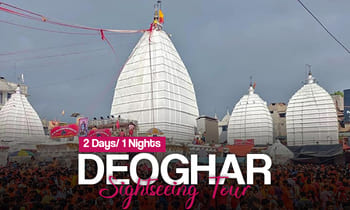
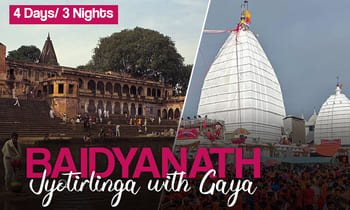
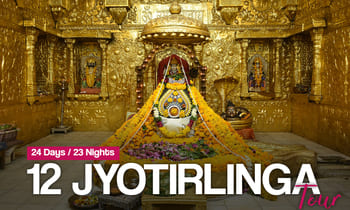
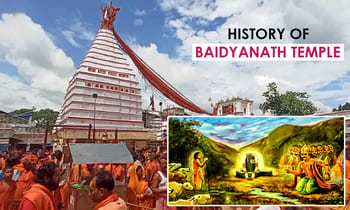
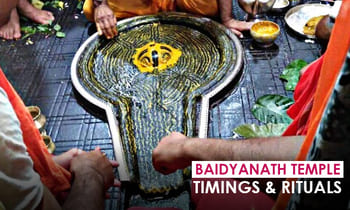
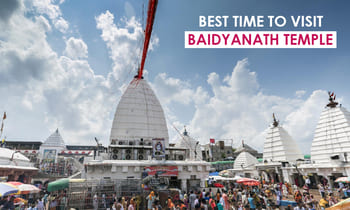
 Call
Call WhatsApp
WhatsApp Enquiry
Enquiry